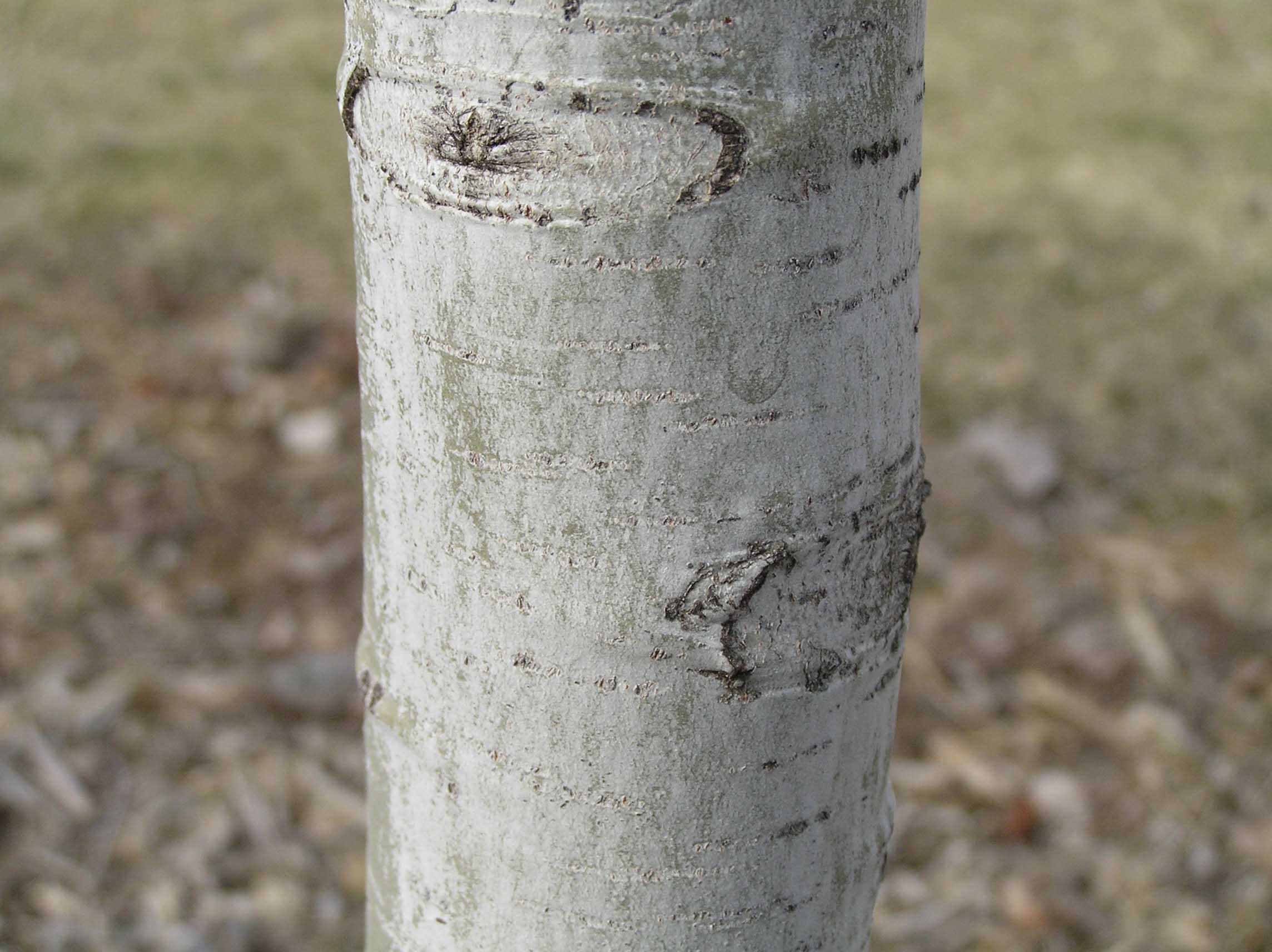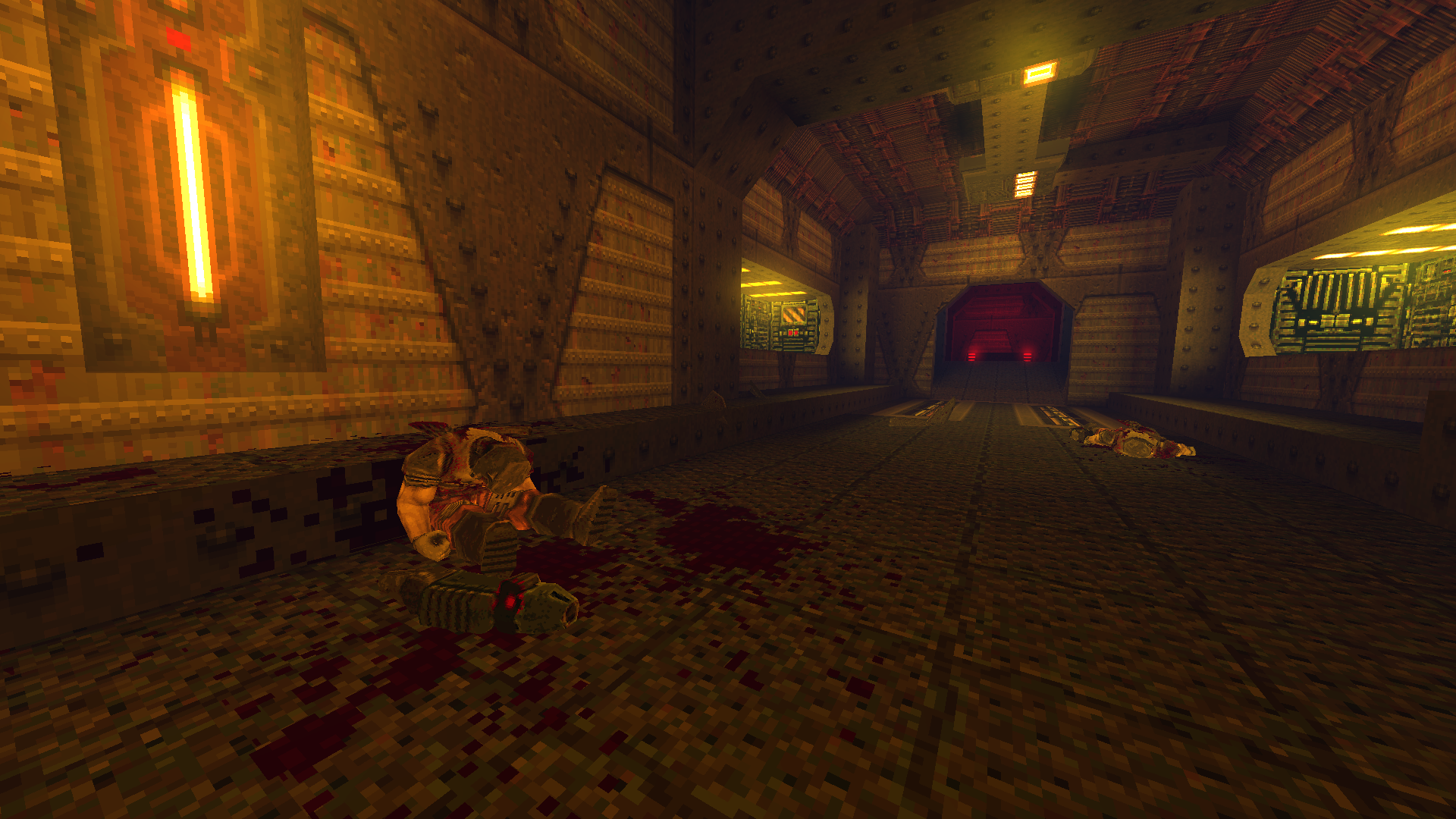

"The most exciting thing about this work is not the current result, but the fact that the approach represents a new research direction for machine learning as applied to geophysics,” Baraniuk said. Baraniuk is a leading expert in machine learning and compressive sensing, which help extract useful data from sparse samples. When de Hoop joined Rice five years ago, he brought expertise in solving inverse problems that involve working backwards from data to find a cause. We’re not quite ready to do that, but this direction is, I think, one of the most promising at the moment.” “People ask me if this study is significant - and yes, it is a major step forward - and then if we can predict earthquakes. “They discovered something in the data they thought we should look at, and because the area is isolated from a lot of other noise and tectonic activity, it was the purest data we could work with to try our ideas.”ĭe Hoop is continuing to test the algorithm to analyze volcanic activity in Costa Rica and is also involved with NASA’s InSight lander, which delivered a seismic detector to the surface of Mars nearly two years ago.Ĭonstant monitoring that delivers such warnings in real time will save lives, de Hoop said. “There was a precursor paper to this one by our co-author, Piero Poli at Grenoble, that studied the event without AI,” de Hoop said. The Rice algorithm revealed weak but repetitive rumblings - undetectable in raw seismic records - that began about nine hours before the event and accelerated over time, leading to the landslide.

that released up to 51 million cubic meters of material. The researchers analyzed data from midnight on June 17, 2017, until one minute before the slide at 11:39 p.m. Hours before the Nuugaatsiaq event, those small signals began to appear in data collected by a nearby seismic station. AI has the ability to identify clusters of events and detect background noise to make connections that human experts might not recognize due to biases in their models, not to mention sheer volume, he said. Their open-access report in Nature Communications shows how deep learning methods can process the overwhelming amount of data provided by seismic tools fast enough to predict events.ĭe Hoop, who specializes in mathematical analysis of inverse problems and deep learning in connection with Rice’s Department of Earth, Environmental and Planetary Sciences, said advances in artificial intelligence (AI) are well-suited to independently monitor large and growing amounts of seismic data. Courtesy of USGSĪ study lead by former Rice visiting scholar Léonard Seydoux, now an assistant professor at the University of Grenoble-Alpes, employs techniques developed by Rice engineers and co-authors Maarten de Hoop, Richard Baraniuk and graduate student Randall Balestriero. The inset shows the geometry of the fjords relative to the landslide and Nuugaatsiaq. Nuugaatsiaq (NUUG) was impacted by the resulting tsunami the reached a height of 300 feet at sea, though it was much lower before it reached the village. Geological Survey shows the location of the Nuugaatsiaq landslide (yellow star) relative to five broadband seismic stations (pink triangles) within 500 km of the landslide.


 0 kommentar(er)
0 kommentar(er)
